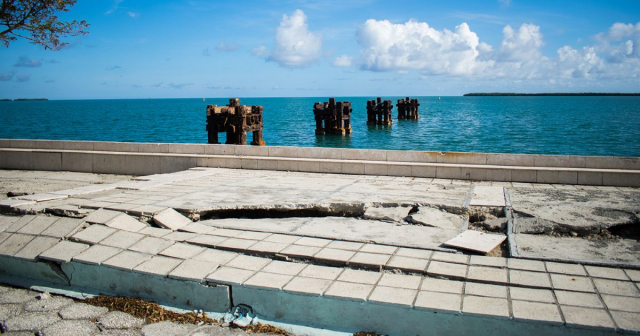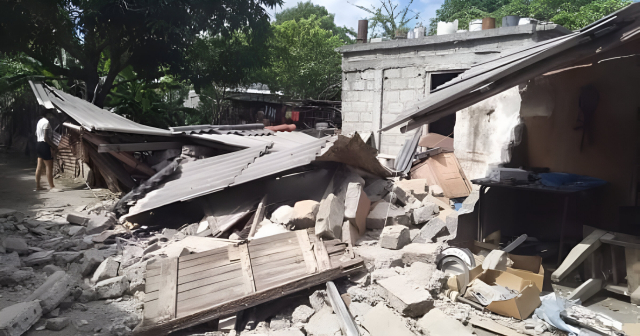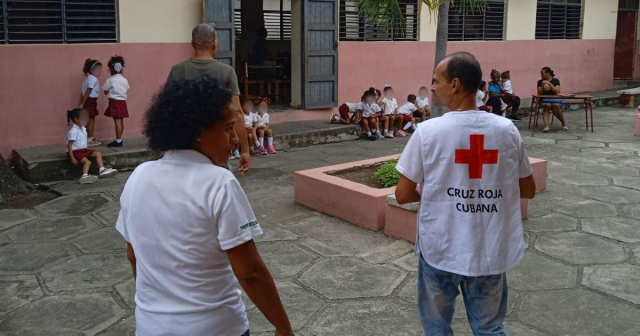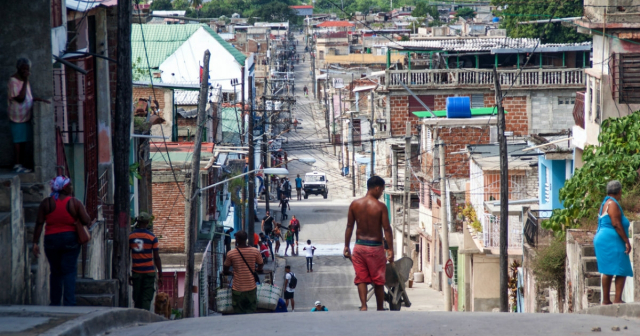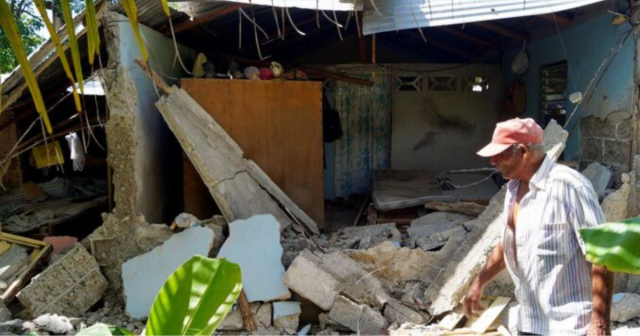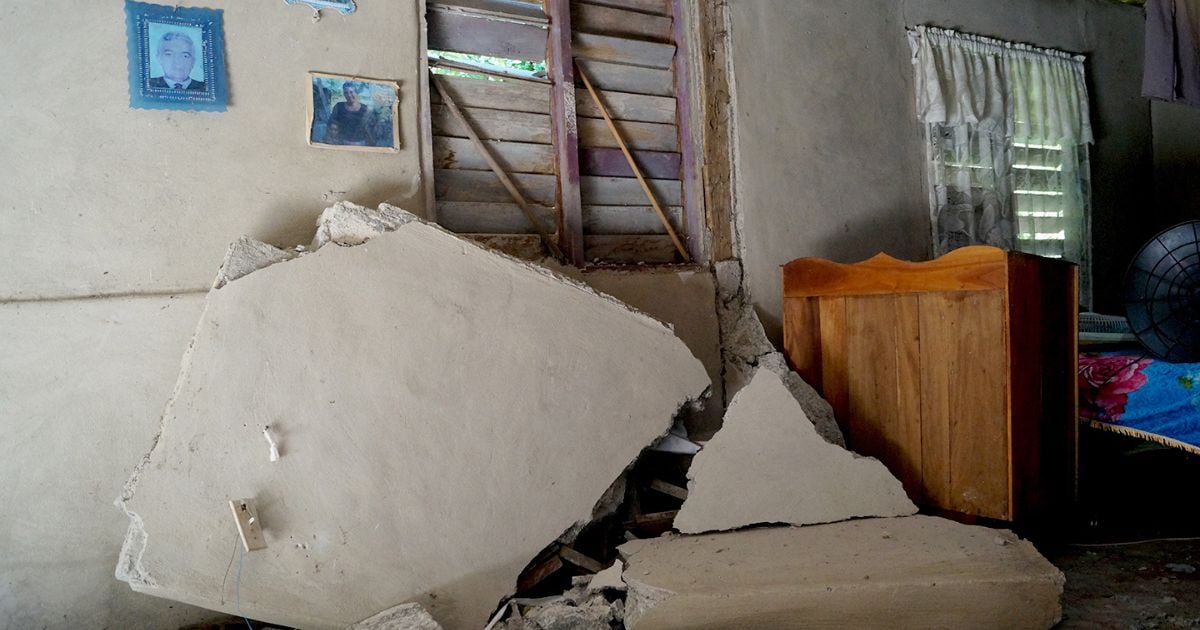
The recent earthquakes in eastern Cuba have revealed an alarming reality: the high vulnerability of many buildings in the country to moderate or large seismic events.
This situation, which affects not only Granma but also other provinces exposed to seismic activity, highlights the urgent need to improve the quality and safety of construction, avoiding practices that compromise structural integrity.
Eberto Hernández Suros, a geological engineer and coordinator of the National Center for Seismological Research (CENAIS) in the province of Granma, emphasized that the deficiencies in the quality of many buildings are largely due to violations of the seismic code in effect in Cuba since 2017.
This regulation establishes the seismic resistance characteristics that all constructions in the national territory must comply with, but non-compliance has left many structures vulnerable to earthquakes.
According to the expert, in addition to the seismic code, each project should also be carried out considering parameters related to quality, the use of appropriate materials, and adherence to construction standards, reported the official newspaper Granma.
"Unfortunately, many times these things are violated. And we know that this competes with material needs and the urgent demands of individuals to build their homes, as well as deadlines for completing certain projects; but in the end, the result is a structure that is vulnerable to this type of seismic event," the scientist warned.
The situation worsens when some buildings, initially well-constructed, undergo structural modifications that ultimately weaken their resistance to earthquakes.
These modifications, made without considering seismic-resistant parameters, leave the buildings exposed and put people at risk, the specialist pointed out.
In territories like Granma, the issue of structural vulnerability is particularly evident in self-built constructions, where, due to resource scarcity, low-quality materials and construction practices are used that do not always meet safety standards.
"It is built with what is available and what can be done, but rarely as it should be," Hernández remarked, adding that the manufacture of construction materials without the proper quality certification further increases the seismic risk in these areas.
According to the expert, in the Granma region, among the vulnerable structures, there are aged homes that have been in use for many years without proper maintenance, making them extremely fragile in the face of an earthquake.
Furthermore, "there are constructions for which the quality of the work was not verified during their construction." According to engineer Hernández, there are also examples of the use of inappropriate construction systems for seismic zones that "exhibited quite high levels of vulnerability," increasing the risk for their occupants.
Hernández also initiated a debate on a controversial topic: the proper certification of materials produced by the so-called "new economic actors." He pointed out that "they do not always have certified quality for their products, which increases seismic vulnerability levels."
"The local production of materials is a necessity. It is not someone's whim. Our demand is that everything built must be safe, in order to avoid greater damage in the event of a seismic occurrence. Therefore, it is important that productions are certified, that the quality of construction is monitored, and that all agencies involved in this process work together in an integrated manner," the seismologist concluded.
The expert's statements are particularly relevant in the context of the current seismic activity in the eastern region, where, as of this Thursday, a total of 2,665 aftershocks have been recorded following the earthquakes on Sunday southeast of Pilón, in the province of Granma.
"A total of 2,665 aftershocks have been recorded following the 6.0 and 6.7 earthquakes that occurred on November 10, with approximately 90 of them being perceptible," stated the bulletin published by CENAIS on its website.
The main impacts caused by this seismic activity are concentrated in the province of Granma, where at least 3,518 homes have reported some type of damage.
Luis Roja Yero, technical deputy director of the Provincial Housing Directorate in Granma, informed the newspaper La Demajagua that there have been a total of 513 partial collapses, of which 54 are total collapses, 38 are complete roof falls, and 313 are partial roof failures.
He indicated that the municipality of Pilón has the highest number of affected houses, totaling 830, followed by Campechuela with 759, Bartolomé Masó with 663, Buey Arriba with 445, Media Luna with 337, and Manzanillo with 248 damaged homes. In other areas, the number of damages is lower.
"According to architects and specialists, studies are being conducted in coastal areas to determine the feasibility of the soil for housing construction and the level of risk posed by such properties during events like those that occurred on November 10," noted the news portal.
One of the state properties severely affected was the Juan Vitalio Acuña secondary school in the municipality of Pilón, Granma, which was forced to close its doors due to the serious damage caused by the strong earthquakes that shook the area last Sunday morning.
Filed under:

